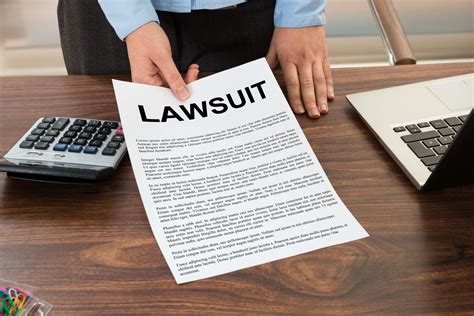How to Sue Someone: A Guide to the Civil Litigation Process
Suing someone is a serious legal undertaking, not to be taken lightly. It's a complex process with significant implications, and this guide provides a general overview. This is not a substitute for legal advice. You should always consult with a qualified attorney before initiating any legal action.
Understanding the Basics of a Lawsuit
Before you even consider suing someone, you need to understand the fundamental aspects of civil litigation. This involves a dispute between private individuals or entities, aiming to resolve a legal issue and potentially obtain compensation or other remedies.
What constitutes a valid claim?
To have grounds for a lawsuit, you need a valid legal claim. This means you must demonstrate that the other party has wronged you in a way that violates established laws or legal principles. Common types of claims include:
- Breach of contract: Failure to uphold the terms of a legally binding agreement.
- Negligence: Failure to exercise reasonable care, resulting in harm to another person.
- Personal injury: Physical or emotional harm caused by another's actions or negligence.
- Property damage: Damage to your property caused by another's actions.
Gathering Evidence
Strong evidence is crucial for a successful lawsuit. This includes:
- Documents: Contracts, emails, photographs, medical records, etc.
- Witness testimonies: Statements from individuals who witnessed the events in question.
- Expert opinions: Testimony from professionals who can provide specialized knowledge relevant to your case.
The Steps Involved in a Lawsuit
The legal process varies depending on the jurisdiction and the specifics of your case, but generally involves these steps:
1. Filing a Complaint
This is the initial document formally initiating the lawsuit. It outlines your claims, the relevant facts, and the relief you seek (e.g., monetary damages, injunction).
2. Service of Process
The defendant (the person being sued) must be officially notified of the lawsuit. This typically involves serving them with a copy of the complaint and summons.
3. Defendant's Response
The defendant has a specific timeframe to respond to the complaint, often by filing an answer, which may admit or deny the allegations.
4. Discovery
This phase involves both sides exchanging information and evidence through various methods, such as interrogatories (written questions), depositions (oral testimony), and requests for documents.
5. Motions
Either party may file motions to the court, requesting specific actions, such as dismissing the case or granting summary judgment (a judgment based on the evidence without a trial).
6. Trial (if necessary)
If the case doesn't settle beforehand, it will proceed to trial, where evidence is presented before a judge or jury.
7. Judgment and Appeal
The judge or jury renders a verdict, and the losing party may have the option to appeal the decision to a higher court.
Factors to Consider Before Suing
Before embarking on a lawsuit, carefully weigh the following:
- Cost: Legal fees, court costs, and expert witness fees can be substantial.
- Time: Lawsuits can take months or even years to resolve.
- Stress: Litigation can be emotionally draining and stressful.
- Potential Outcome: There's no guarantee of a favorable outcome, even with a strong case.
Alternative Dispute Resolution (ADR): Consider exploring alternative methods like mediation or arbitration before resorting to a full-blown lawsuit. These methods can often be faster, cheaper, and less stressful.
Disclaimer: This information is for educational purposes only and does not constitute legal advice. Consult a legal professional for guidance on your specific situation.
